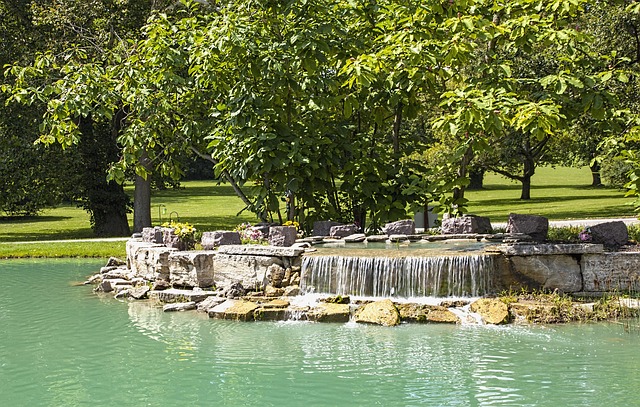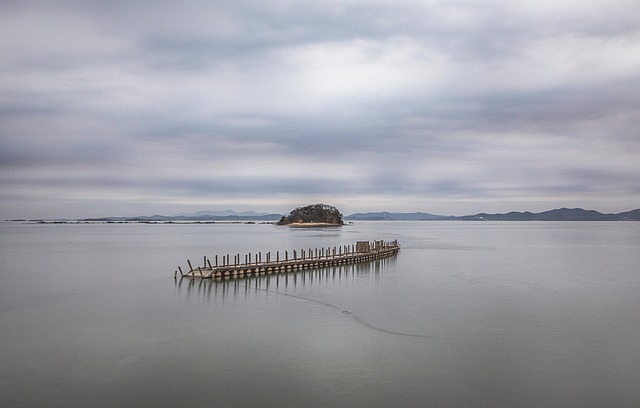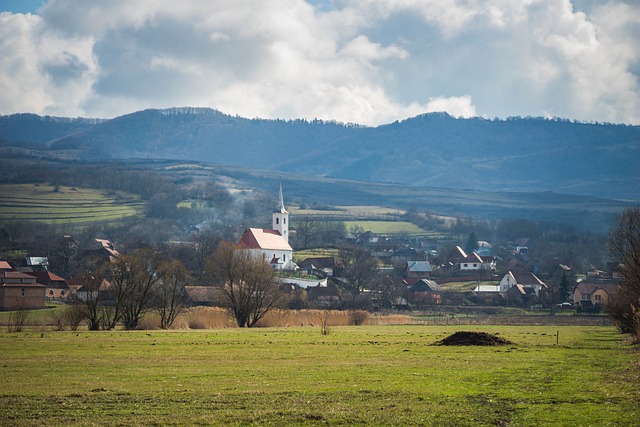Military installations along borders significantly impact real estate markets and landscapes, affecting property values, housing, and local economies. They can drive development but also cause gentrification and disrupt natural habitats. Rural areas face challenges from training ranges while gaining tourism potential. Borders shape cultural diversity, influencing local identities and real estate trends. Proximity to strategic locations impacts property values, with security concerns driving development patterns, affecting investors, developers, and policymakers.
“The military’s influence on border regions is a complex interplay of urban and rural landscapes, cultural dynamics, and real estate trends. This article explores how the presence of military bases shapes local communities, from the architectural tapestry of nearby towns to the cross-border interactions that drive real estate markets. We delve into the cultural influences on neighborhoods bordering military installations and analyze the security concerns that often reflect in regional property values.”
Military Presence: Shaping Urban and Rural Landscapes
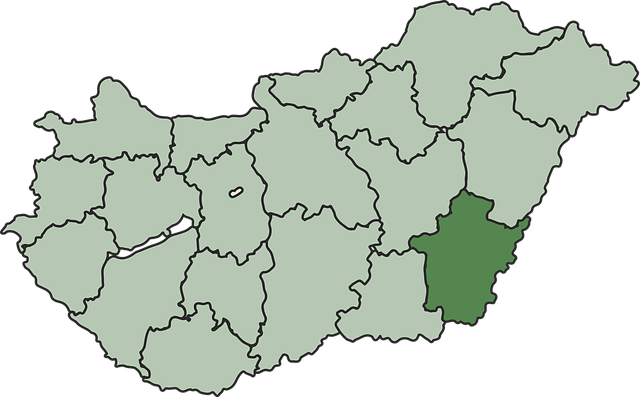
The military’s influence extends far beyond traditional combat roles, profoundly shaping urban and rural landscapes alike in regions where borders are tense or contested. In many cases, military bases act as anchors for economic development, providing jobs and infrastructure that can boost local real estate markets. However, their presence also brings unique challenges. Urban areas near military installations often experience elevated property values and increased demand for housing, which can lead to gentrification and displacement of long-time residents.
Moreover, the construction and maintenance of these bases require significant land use, impacting natural habitats and agricultural lands. In rural settings, military training ranges and restricted areas create challenges for local farmers and landowners, while also attracting outdoor enthusiasts and contributing to tourism potential through strategic marketing. This complex interplay underscores the multifaceted role that military presence plays in sculpting the geographical and economic tapestry of border regions.
Border Dynamics: Cultural Influences on Neighborhoods

The dynamics of borders, whether physical or conceptual, significantly shape the cultural landscape of any region. In areas where military and border influences are prominent, these factors can deeply impact local communities and their development. For instance, neighborhoods near international borders often experience unique cultural exchanges, fostering a blend of traditions and practices that contribute to a rich and diverse regional identity. This cross-border interaction can drive local real estate markets, with properties in such areas often commanding premium prices due to the allure of this cultural tapestry.
The military presence itself can also leave an indelible mark on nearby communities, leading to specific architectural styles, infrastructure developments, and even linguistic influences. These factors create distinct neighborhoods within a region, each with its own character and history. Understanding these border dynamics is crucial for real estate professionals and urban planners aiming to cater to the diverse needs and preferences of the communities they serve.
Real Estate Trends: Reflecting Security Concerns and Cross-Border Interactions
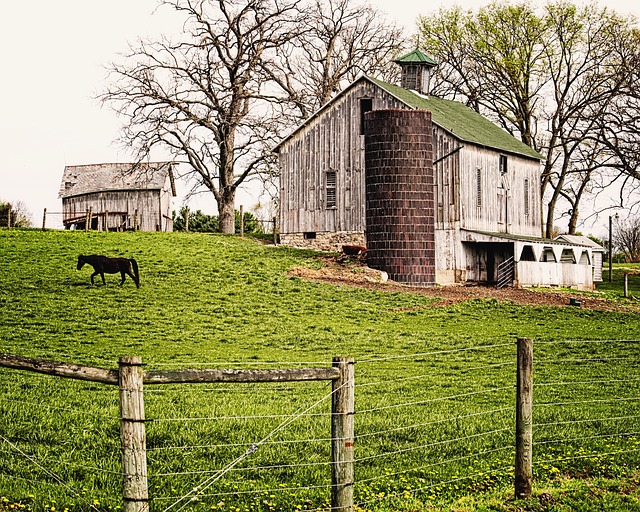
In regions heavily influenced by military and border dynamics, real estate trends often mirror security concerns and cross-border interactions. Proximity to strategic locations, such as military bases or international borders, can significantly impact property values and development patterns. For instance, areas with robust security presence might see a surge in commercial real estate, catering to the needs of military contractors or diplomatic missions. Conversely, regions facing border tensions may experience a drop in property prices due to uncertainty, while also witnessing the growth of fortified residential properties designed for enhanced safety.
These trends underscore the intricate relationship between geography, security, and real estate development. As borders evolve and military strategies shift, so do property dynamics, reflecting broader societal and economic changes. Understanding these patterns is crucial for investors, developers, and policymakers alike in navigating the complex landscape of regional growth and security integration.

